American Arborvitae is a dense pyramidal-shaped evergreen tree in the Cupressaceae (cypress) family that is native to eastern and central Canada and the eastern and north central portions of the United States. A distinctive feature of this tree is its dominant trunk. The leaves are scale-like and appear dark green on the upper surface and paler below. In the winter month, the leaves appear bronze colored. The bark is grayish brown to reddish-brown with shallow furrows. Small oblong cones appear in the spring, mature to a brown color in the summer, and may be persistent.
The genus name, Thuja, is the Greek name for a kind of juniper. The species epithet, occidentalsis, means from the Western world.
It is a low-maintenance plant that tolerates clay soil, wet sites, black walnut, and air pollution. It grows best in moist, neutral to alkaline, well-drained loams. It does not tolerate dry sites, and exposed windy sites should be avoided. Also, avoid full shade, or foliage will thin out dramatically. This tree does best in areas with high atmospheric moisture and in soil with high moisture content.
Cultivars are typically globular, pyramidal, columnar to conical in growth form.
These trees are utilized as specimens, accents, hedges, foundation plants, and for a windbreak. They are easily transplanted.
Size: 6-7′

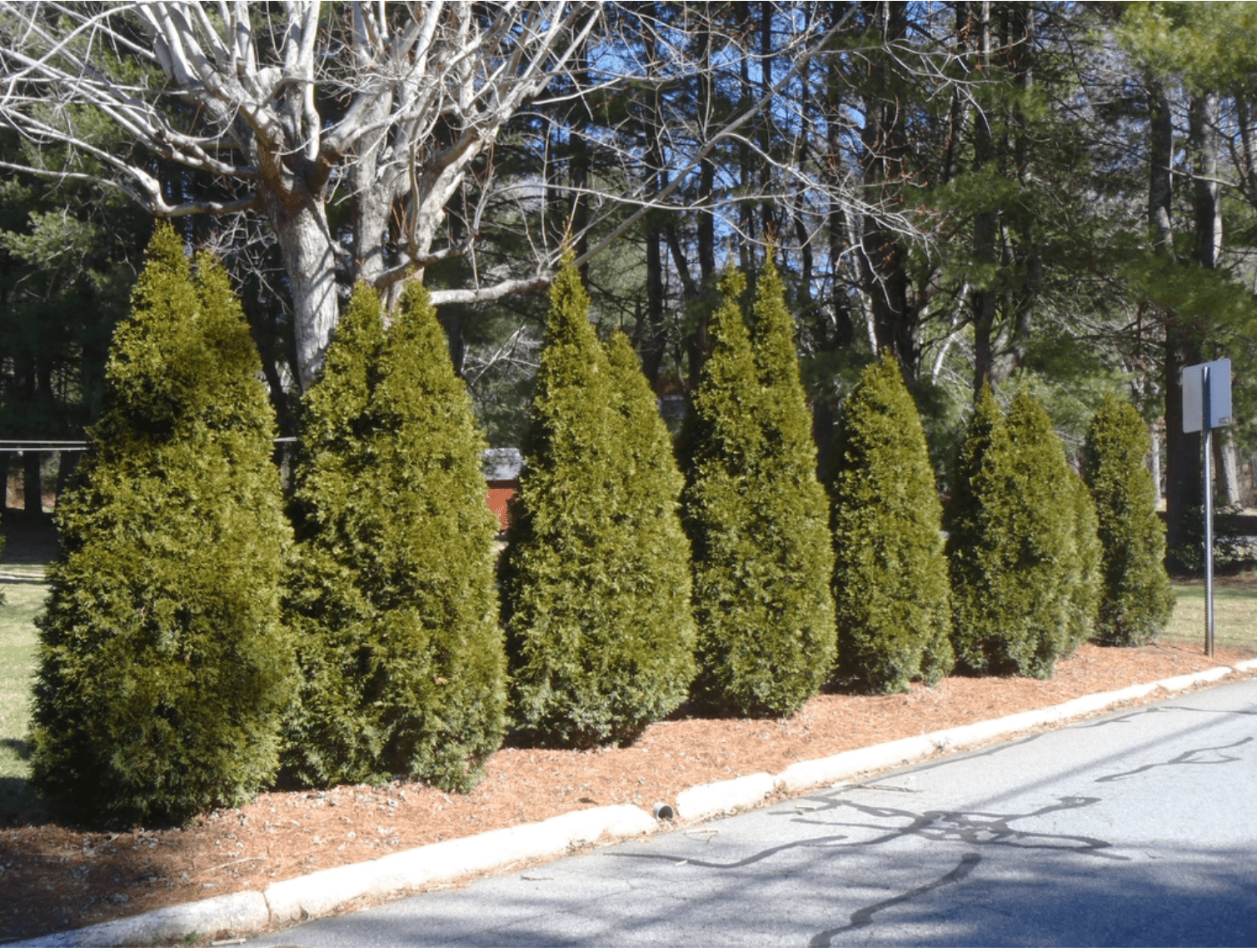
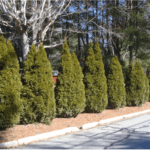
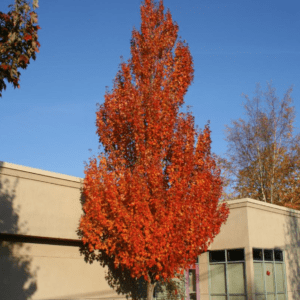
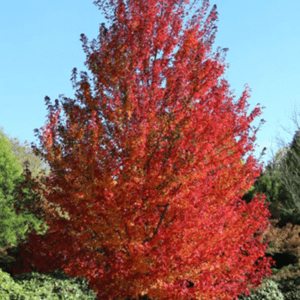
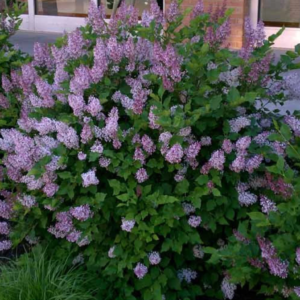
Reviews
There are no reviews yet.